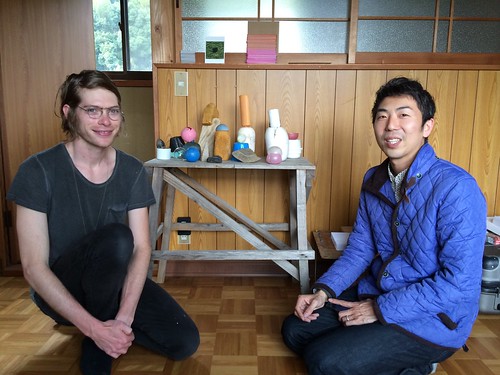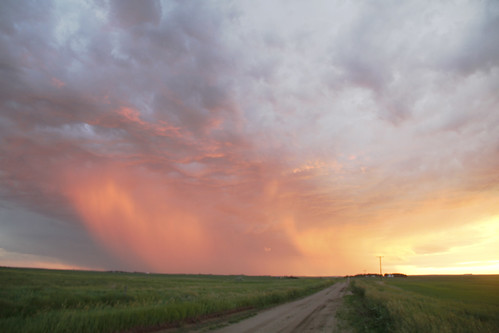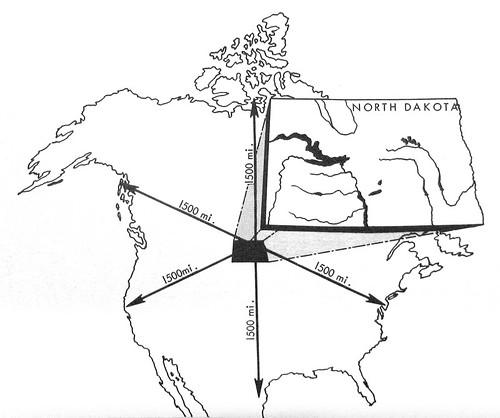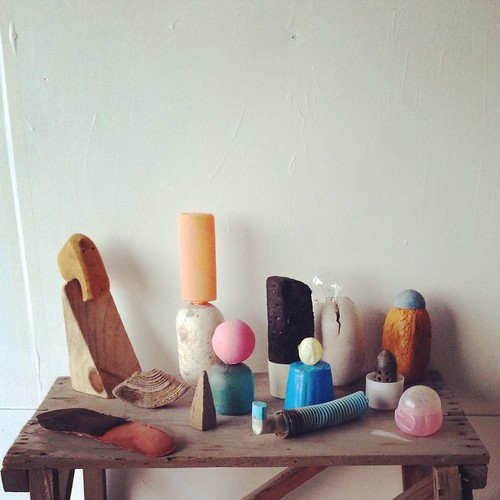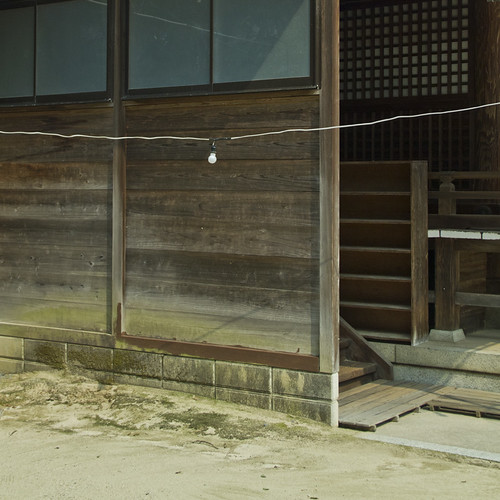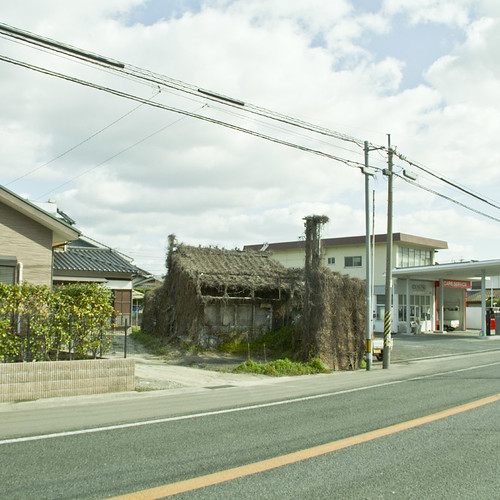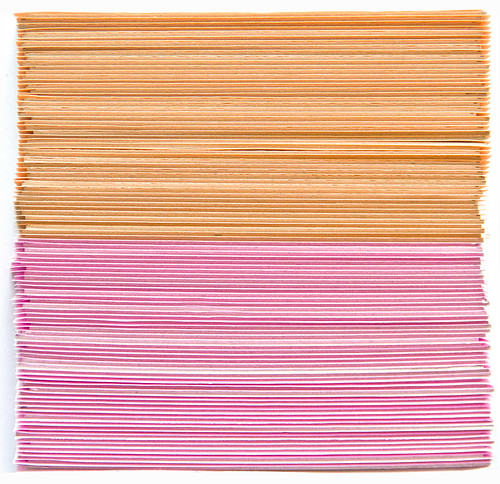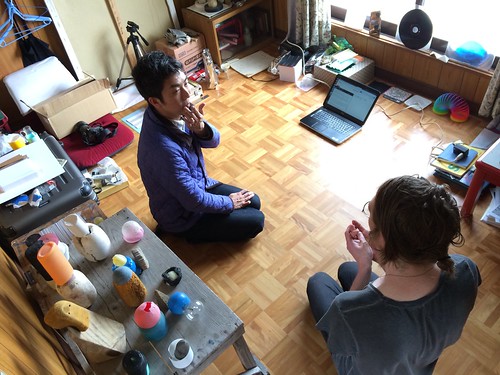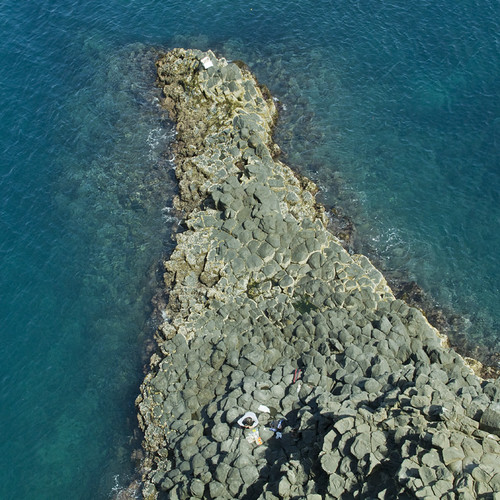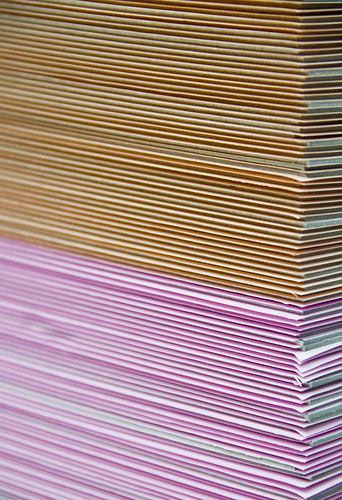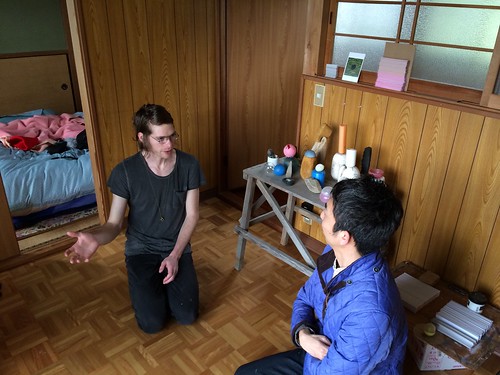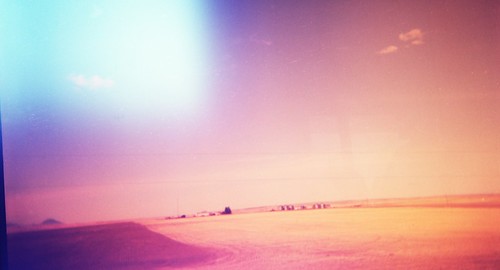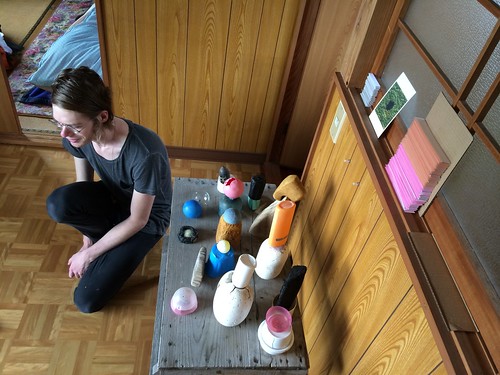So why did you choose Japan for this residence?
I was interested in Japan on many levels. As a student I started learning pottery, architecture and painting. I found a lot of Japanese inspiration and influence in pottery, and I learned a lot from the sense of space and simplicity in Japanese architecture.
Now that I finally made it to Japan, I think many things I’m seeing here will come up in future projects. I see that Japan is not only the source for the inspiration I found as a student, but it has a lot of natural beauty too. I come from the United States and and there we have both wilderness and civilization, but there’s not a lot of crossover. Here in Japan we can find them together —very close, very connected. And I feel the philosophy in Japan is very reverent to these concepts.
After your residence here, you are also going to Tokyo, Kyoto…
I chose Studio Kura because I grew up in a farming area, so it’s easier for me to get comfortable with this kind of environment. In my studio in New York City it’s hard to get fresh inspiration, but here the surroundings are beckoning for me to go exploring every day. So these last days i’m trying to concentrate in the studio to prepare things for my exhibition.
I grew up in North Dakota, in the Great Plains. There’s a saying that every tree there was planted by settlers. The place has a mysterious history, because there has been a lot of war and bloodshed and many parts of history and evidence are nowhere to be found anymore.
There were once great herds of bison on the Great Plains, but the bison were nearly hunted to extinction. The whole region looks like grid paper from an airplane. It’s very far from the ocean. I like that Studio Kura has proximity to the ocean, the forest, the mountains, and also a good local community.
North Dakota on the other hand is the same distance to the ocean in any direction. Nowhere in North America is further from the sea. The land’s texture looks similar to the ocean’s some times. The roads are very straight and everything is white in winter. You wouldn’t be able to tell the white sky apart from the white ground. The population is not very concentrated, so many people live far from schools. Before automobiles, students would ride horse-drawn buggies to country schools. Now many small country schools have been consolidated into larger schools that have students from as far as 60km away. Older students drive or take the school bus now.
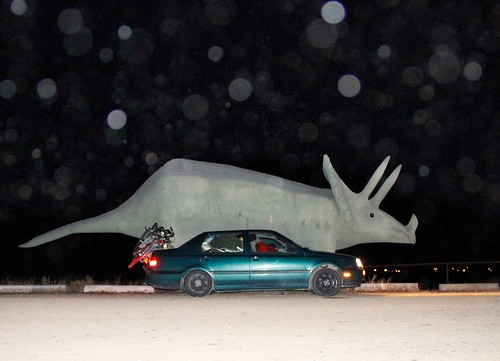
This is my car by a dinosaur sculpture in Montana
I see you have collected a lot of objects from the ocean.
I find a challenge in assembling them where they transcend the material. They influence my other work, but they are tricky to make into a sculpture that does not look like found garbage. The successful ones have a personality to them; a sense of old age.
They have lost their branding and everything and now look more organic, more like natural objects. In North Dakota there are piles of rocks that sometimes have collections of old things on them. Instead of the ocean tide, they end up there from a tide of people… and sometimes wind. One may find diverse things such as electronics, bones, car parts… Some times I find objects I can use.
So what can you tell us about your exhibition?
It’s common for me to use different media. The content and the motivation come from the same place, but I like to put the idea first and the materials second.
Before coming to Japan I encountered a lot of information about the big shrines and temples but being here in person I’m intrigued by the smaller shrines that are all over the cities and countryside. I can appreciate the variety of craftsmanship and find the designated space of otherness to be inspiring. I like how numerous they are and that there seems to always be one close by, showcasing the landscape.
“Not just us” is your title.
I like the sound of English translations that are a little uncommon to how I’m used to hearing things said. Sometimes it has a poetic ring to it and that’s a little how I feel here. I got inspired by those “we are not alone” extra terrestrial phrases. I once saw it translated as “not just us”.
I think “Not just us” has many interpretations both in human society relating to nature but also in how nations and individuals relate to one another as neighbors and as part of a global community.
Can we have an overview of the materials and media you are using in the works that you will exhibit?
There will be some paintings in the show, among other kinds of work. As a student I was very influenced by the abstract minimal painters. With this work I’m interested in trying to achieve a lightness in the work, both with the use of paper and in using reflected light. I like the challenge of making a painting that’s not massive and monumental but more like air.
How do you work in New York?
I have the beginnings of a series of big paintings but they’re in storage now. I’ve been working out of my apartment for a few months to save for this trip so I’ve had to devise ways to work with limitations of work space. For the most part working from my apartment works for me as I’m usually making smaller things in the studio or preparing for larger site-specific installations.
I have a project of conceptual paintings of extraterrestrial mountains. Astronomers have names and data for all these places but nobody has actually seen them. I’m also interested in places in Earth mythology that are no longer around. I like the contrast between the two. Things we can’t see yet and things that we cannot see anymore.
Is your work here more reaction-based?
Before coming here, I looked over maps of the area and I saw the sea and the mountains close by as well as an abundance of farms and gardens. Being here only for one month I’ve scouted many locations of interest to work with but it’s hard to develop a response in only a few weeks. I have worked in some spaces I have known for years. I knew of Keya No Oto from maps and made an effort early in my stay to see it thinking it would be an interesting place to work with sculpturally. I’ve worked with cave-like places before but this is different and it requires a unique response.
Back in the United States, I worked with an abandoned railroad tunnel in Montana that I illuminated in the dark with fireworks. It was an effort to use an everyday material that is a bit reckless to try and get a glimpse of the past. My work here is more about mystery.
Your work reminds me some times of Tom Friedman.
I can see a connection. I think we have a shared sensibility to materials that anything can be used for making art. I read an interview with him once where he said he would go into an empty studio and ponder materials that he thought had potential; laundry detergent, styrofoam, poked holes!
I also like the idea of artists connecting through time, as in a lineage from now to the distant past. For example, I’ve been fascinated by the ancient Egyptians. Their architectural forms, their rituals… I have wanted to make work relating to King Tut for a long time. He was Egypt’s boy king. I’m concocting a King Tut cologne called Boy King. I figure, many teenage boys his age I know in the US wear too much cologne to impress the girls. It’s a way of taking something socially familiar in our time to construct a better understanding of a historical figure. It’s similar to knowing what video games King Tut would play if he were alive today. The idea is that it would smell really bad, like something you opened after 2000 years. A fragrance accurate to archeology.
Another project in progress is inspired by early hunter/gatherer societies who would use everything from an animal they hunted. Now you can get a 3D scan of your body and extract your bones by printing them with a 3D printer. I’d like to use my bones as materials for art work or tools. Like a shovel made from a leg bone and a shoulder bone.
Do you have other projects in which you will use material from here?
I’ve gathered too much material to process in a month here. I’ve shot a lot of video and taken many photographs which I’ll edit later on. Things here are very different to anywhere I’ve ever lived yet it feels familiar. Most importantly my experience here has created a memory for the landscape and the architecture. So many things have been inspiring and they’ll surely influence future projects.
One thing for sure is this box of cassette tapes I found at a flea market. I collect these everywhere I go so I’m excited to have the time to listen to all of them. I specifically look for mix tapes or tapes that are unlabeled from places I visit. I was really happy to find this box of enka and karaoke tapes. I find it interesting to hear what music people put on tapes because it their choices give you insight into what they were feeling. It’s like using pop-music to compose a portrait of a time and place in someone’s life.
Perhaps the most important thing I’ve found here is friendships with people and I look forward to coming back to Japan again. Now it’s not just about the history and landscape for me anymore, it’s about people too.
The other day you mentioned you were interested in starting a residence program after you go back home.
I though about it as a teenager and in my twenties. I wanted to have a residency or exhibition space. In North Dakota, we have many empty buildings with a lot of space. I haven’t lived there for years but I go often to visit my family. I think for the right people it could be a very inspiring place.
Theres a Christian church built in 1914. It was closed ten years ago and the people taking care of it were planning to burn it because it wasn’t used. But I talked to them about my plans and they said I could have the building.
There are other buildings too. For example, the Western United States was heavily influenced by the railroad. Wherever the railroad went, that’s where towns were built. Some rail cars are out of use and get a second life as sheds for the farmers. There’s one on the top of a hill near where my grandparents homesteaded. It’s a small space but it could work for many people who want to work in a cabin in the middle of nowhere. It could be okay for painters, musicians, or writers.
I still have a lot to learn in order to make this happen.
We have a micro residence network and we meet every year to share experiences etc.
I want to join that network once I get my program running!
I’m familiar with how to get things like this going where I come from, because I know the possibilities. In New York City there’s a great community, but it’s hard to find an affordable place. There’s some depravation of the arts in the United States, with many schools lacking art classes. I like that in New York there’s schools and artistic opportunities. In North dakota there’s a museum of contemporary art and they have a 18 wheeler (semi truck) that they made into a mobile gallery. They can have mobile exhibitions and often teach workshops at local facilities.
Arigato gozaimashita!
There’s still so much to do and to learn… I was at another residency for one month a few years ago. It seems that when you get used to the place it’s time to go, but it’s very uplifting and inspiring. I prefer to try new things rather than coming to the residence with a specific idea to work on.

